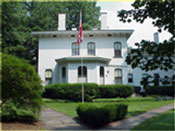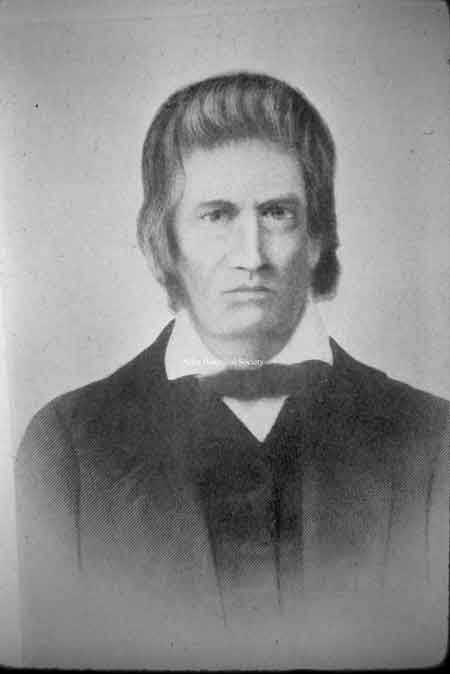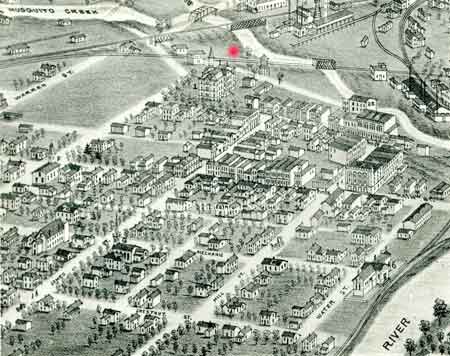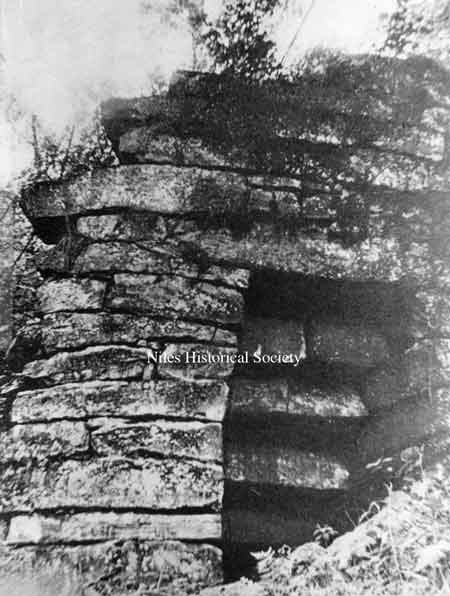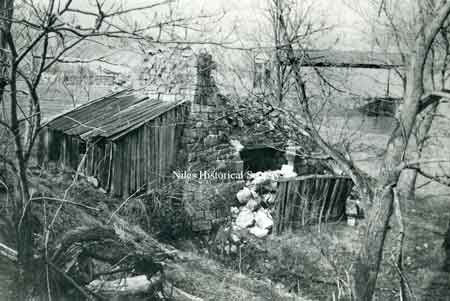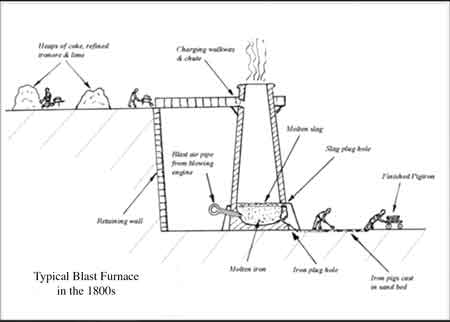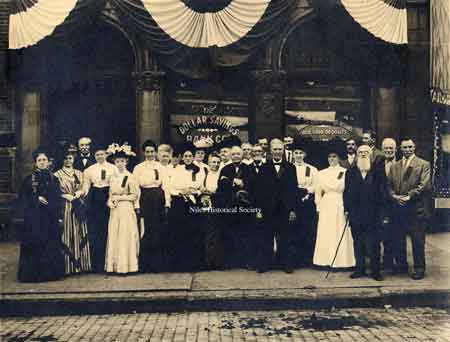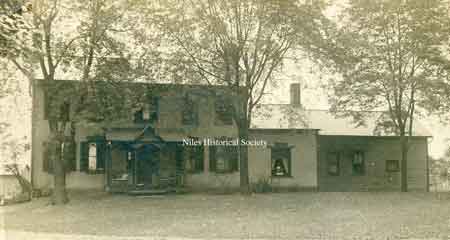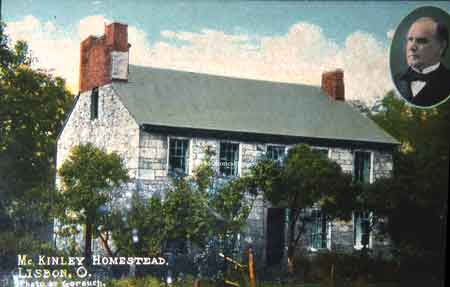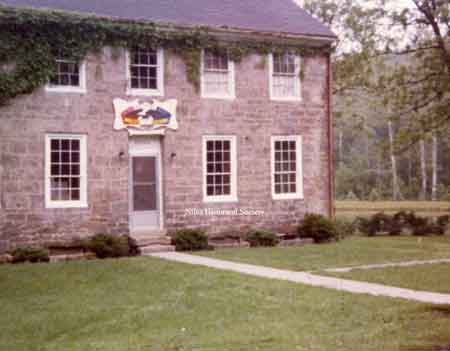Ward-Thomas Museum


Heaton's Furnace
Ward — Thomas
Museum
Home of the Niles Historical Society
503 Brown Street Niles, Ohio 44446
Click here to become a Niles Historical Society Member or to renew your membership
Click on any photograph to view a larger image.
News
Tours
Individual Membership: $20.00
Family Membership: $30.00
Patron Membership: $50.00
Business Membership: $100.00
Lifetime Membership: $500.00
Corporate Membership:
Call 330.544.2143
Do you love the history of Niles, Ohio and want to preserve that history and memories of events for future generations?
As a 501(c)3 non-profit organization, your donation is tax deductible. When you click on the Donate Button, you will be taken to a secure Website where your donation will entered and a receipt generated.
|
|
Heaton's Furnace Maria Furnace Named for First Child in Niles James Heaton was the founder of the city of Niles. He was a pioneer in the establishment of the iron and steel business in the Mahoning Valley. He was born in Virginia in 1770 and in 1802 came with his brother Daniel to build the first Iron Furnace in Yellow Creek in Poland Township. He established his own settlement on the Mosquito Creek, just north of the Mahoning River. He built a gristmill, a sawmill, and a forge on the banks of Mosquito Creek. He produced iron from the ore in the area and during the War of 1812, his forge made cannon balls for Admiral Perry. He built a number of cottages for his workmen. His settlement became known as Heaton’s Furnace but was changed to Nilestown because of his great admiration for Hezekiah Niles who published the Niles Register in Baltimore. The post office later shortened the name to Niles. In 1837, when the Pennsylvania-Ohio canal was nearing completion, Heaton platted fifty-four lots which became the downtown of Niles. He set aside certain lots for churches and a school. He sold lot #20 to William McKinley Senior. Heaton retired in 1839 giving the reins to his son Warren. After Warren’s death, other parties leased the furnace but it became obsolete in 1854. James Heaton died in 1856 at the time that new industrial growth was beginning to emerge.
|
|
|
1882 panoramic birdseye view of Niles, Ohio. The approximate location of the Maria furnace is marked with a red dot. PO1.654
|
A map of Niles in 1844, in the county recorder’s office, shows that the furnace to be located east of what is now Central Park, on the west bank of Mosquito Creek. In 1812 James Heaton borrowed $1,448 from his brother John and, probably in 1813 completed the construction of a charcoal blast furnace capable of producing the pig iron needed for the manufacture of bar iron and other products at the Heaton forge. Heaton named his blast furnace the ‘Maria furnace’ in honor of his daughter Maria, believed to be the first white child born in Niles. No adequate description of the furnace exists, It is said to have had a stack thirty-six feet in height, and a bosh (sloping side from the stack to the furnace proper) of eight feet. Joseph G. Butler, in his book, ‘Youngstown and the Mahoning Valley,’ wrote that it resembled the Yellow Creek furnaces, in which case it was perhaps fourteen feet square at the base, built of stone and lined with stone and clay. In such furnaces the cold air blast was furnished by a ‘trompe’ which consisted of a wooden tank with two openings.
|
|
|
James Heaton's "Maria" blast furnace built in 1812 on the west bank of the Mosquito Creek. Its fires went out in 1854. Very primitive but none-the-less functional. Fuel was charcoal. "Kidney" ore was melted producing 2-3 tons of pig iron per day. Molten iron was ladled out with long handled dippers into moulds or sows to make pig iron. |
The Maria furnace must have represented some improvement over the earlier Yellow Creek furnaces. Into the tank a stream of water was conducted, compressing the air in the tank and providing steam pressure for the blast. The capacity of the Maria furnace was between two and three tons of iron per day as compared with a capacity of three tons per week for the first Yellow Creek furnace. Moreover, it possessed a decided advantage in that the molten iron could be run out into sand beds, forming pigs, in place of being ladled out by hand. The iron ore for the Maria furnace was collected from neighboring creek beds and hauled by wagon to the furnace. From the iron Heaton manufactured blooms and castings such as stoves and kettles, but the greater part was hammering into bars with a drop hammer operated by water power. The bars and castings were then shipped down the Mahoning River on flat boats, which were then towed up the Ohio River to Pittsburgh. James Heaton continued to operate his various enterprises until about 1830 when he sold out to Heaton & Robbins, a firm of which his son, Warren, was a member. After the death of Warren Heaton in 1842, the Maria furnace was leased to several different parties, the most successful being the firm of Robeson and Battles. The growing scarcity of ore and charcoal made profitable iron manufacture more and more difficult. For a short time after the discovery of black-band iron ore at Mineral Ridge, Robeson and Battles enjoyed a temporary prosperity, but the Maria furnace had become obsolete with the march of progress and the fires were allowed to go out for the last time in 1854. Informative Links: Technique of Colonial Iron Manufacture
|
|
| |
||
|
Drawing of typical blast furnace in the 1800s. |
||
|
A photo made of a picture in the newspaper of the children of the "Little White Schoolhouse" where President McKinley attended. Among others, Joseph Butler and Maria Heaton are in the front row. Dated August 27, 1909 PO1.1772 |
In 1818 James Heaton built this house on the southwest corner of what is now Robbins Avenue and Cleveland Street. In 1834 he sold it to Ambrose Mason and it became known as the Mason Homestead, being occupied by five successive generations of the Mason family. It was an imposing white brick structure with wooden pegs that held the timbers in place. Its cherry circular staircase and numerous spacious rooms with fireplaces were features of the landmark. PO2.167 |
|
| |
||
| The home was built in 1806 by Gideon Hughes, the founder of the Rebecca Jane furnace in Lisbon, Ohio. In 1809, James McKinley, the president's grandfather, migrated from Pennsylvania to this house in New Lisbon, Ohio. It was here the president's father grew up. He married Nancy Allison in 1829 and sometime during the 1830's moved his family to Heaton Town (Niles). |
||
